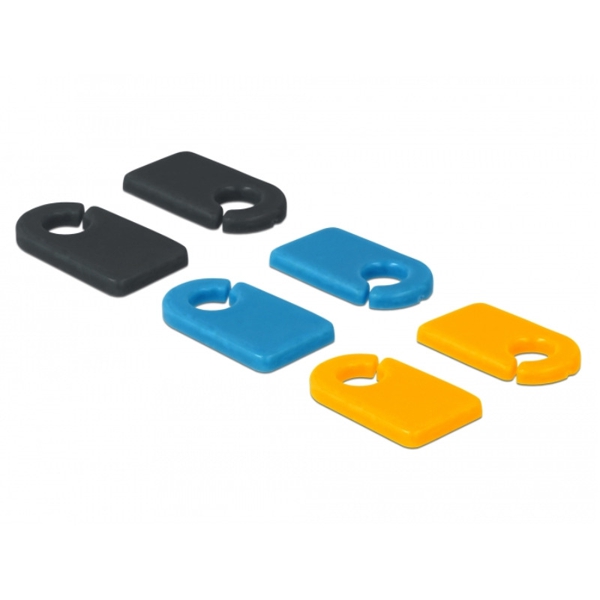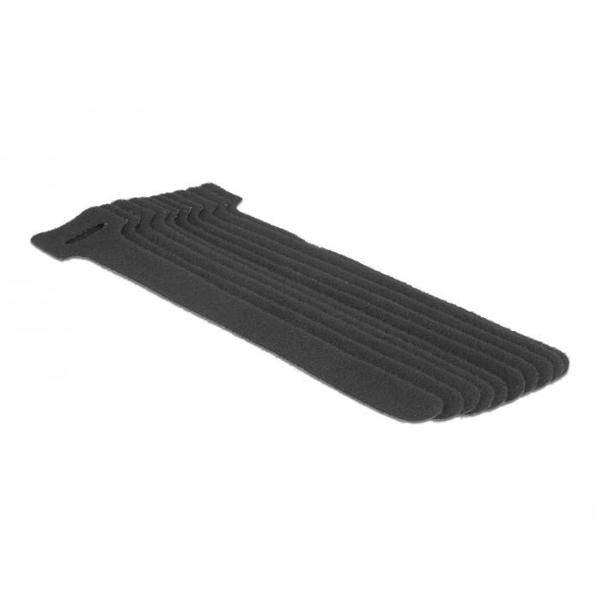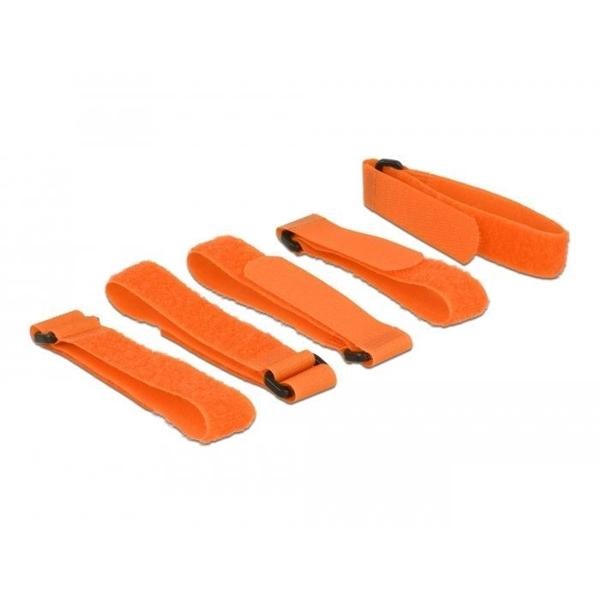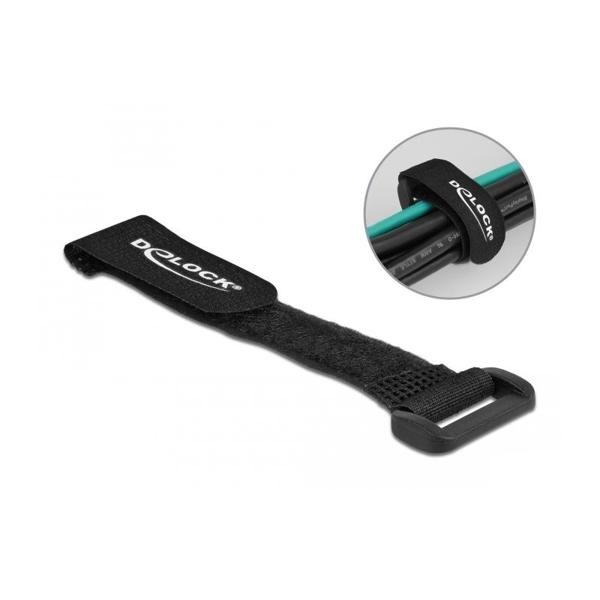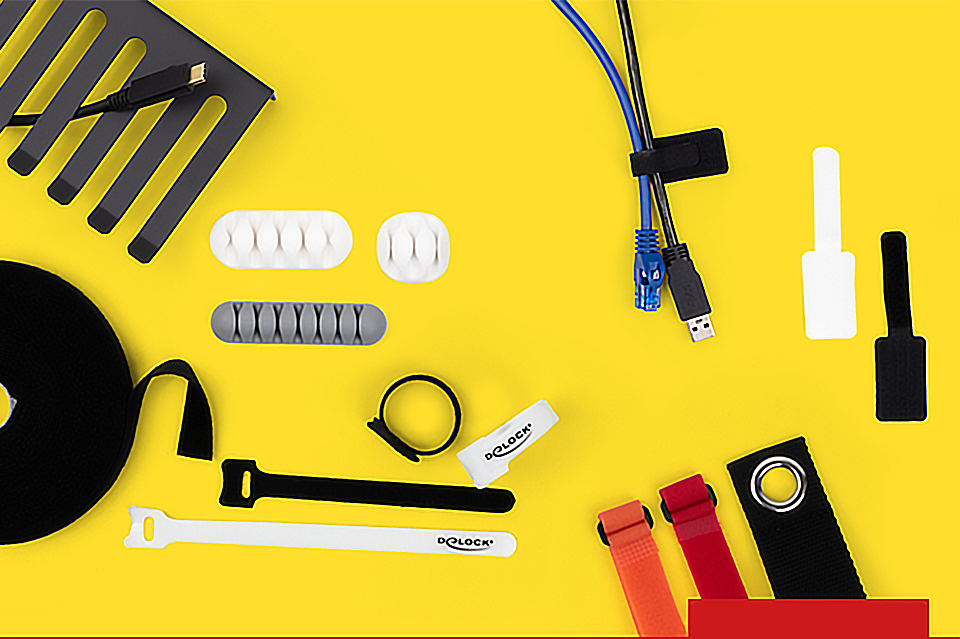
There are many ways to cope with the cable chaos. The first term that probably comes to everyone’s mind is: cable ties!
In fact, cable ties of various kinds are an important part of cable organization, but there is also a variety of cable management tools that may surprise you.
The cable management and organization section within the Delock product portfolio currently includes 999 items to help you avoid cable chaos, and the list is constantly expanding.
What does cable organization actually mean?
Everyone who owns cables knows the problem of cable chaos. Cable organization is the process of arranging, sorting, marking, securing and bundling cables.
The aim of cable organization is to avoid cable chaos, provide clarity and protect cables from damage, dust, water, abrasion, heat, cold or even rodents.
It also prevents tripping hazards and increases safety in the workplace, workshop, office and home.
The following is a very brief overview of the wealth of variants of Delock products for avoiding cable chaos.
For more detailed information on types, variants and applications of these, a visit to the Delock Infothek at “Wissen kompakt” is recommended: https://www.delock.de/….
Variants of cable organization explained briefly and concisely
Cable ties are used to fix and bundle exposed cables, hoses and wires. They are quickly attached and detached.
Velcro tapes are compatible with all types of cables and are particularly durable as well as tear-resistant, reusable several times and the gentle alternative to adhesive tape.
Cable holders, cable drills and cable clamps support the organization system by allowing exposed cables to be quickly rearranged.
The assignment of individual cables to devices becomes clearer, and accidental connection or disconnection of devices can be prevented.
Cable holders for wall mounting can also be used to hang laboratory cables or test equipment.
Cable condu its protect cables and surrounding equipment, for example machine components and electrical lines, and improve occupational safety. Various designs offer e.g. flame resistance, abrasion and / or rodent resistance, electromagnetic compatibility and other advantages.
Cable ducts are used to lay exposed cables, e.g. on the floor, on the wall, on the window frame or on the baseboard. There are self-adhesive, over-corner channels, flexible as well as vertical channels, for example, for bundling and hiding the “cable clutter” at height-adjustable desks.
Cable markings make it easier to keep track of cable associations and can prevent errors in electrical installations, whether in control cabinets, wiring harnesses, on medical equipment, computers, etc.
Heat shrinkable tubing is used to protect and insulate cables, electrical conductors and wires. When exposed to heat, the shrink tubing completely encloses the cable and contracts.
Cable glands provide a seal to the enclosure for the passage of cables and electrical wires. At the same time, they protect the housing from the effects of weather, dust and dirt.
Cable grommets are ideal for installation in the (writing) table to pass cables through and create order at the workplace and avoid cable chaos.
Cable connectors, some of which consist of several elements, connect and extend cables, e.g. in the network area.
Source: Tragacant
Find out exciting news and more about our products every week at varia.org/blog !


